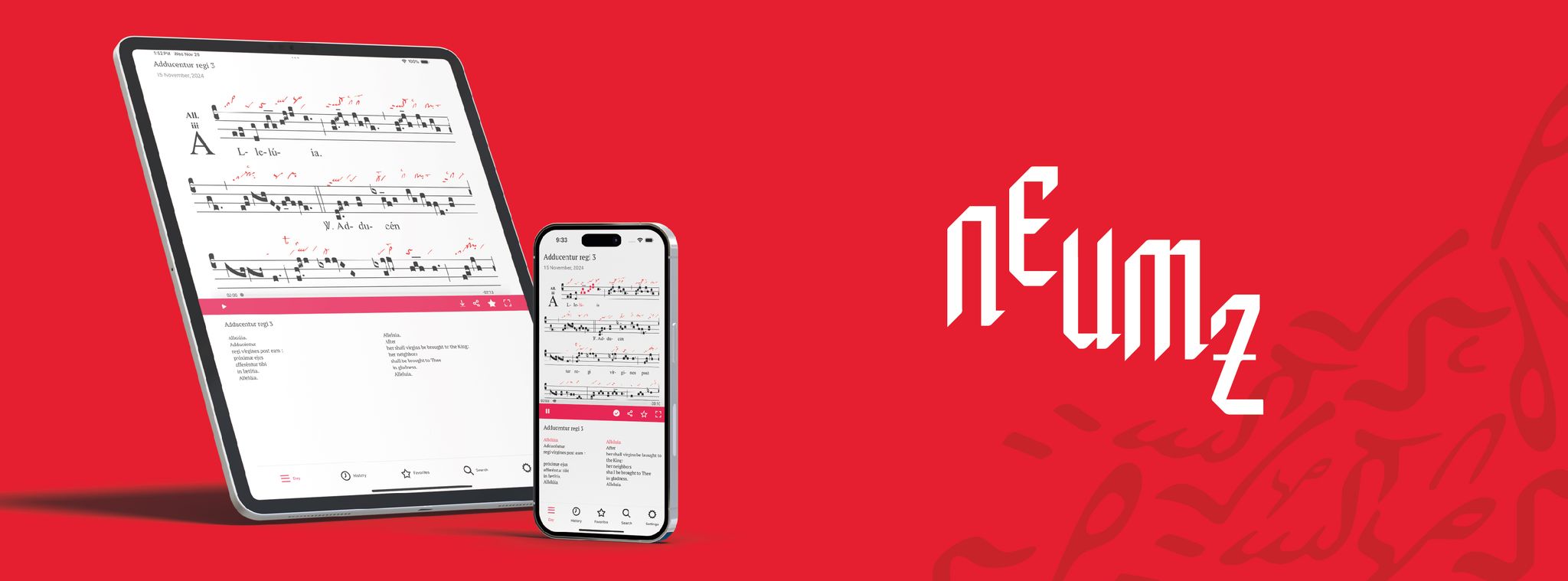Panem De Caelo 5
Tomorrow we celebrate the 18th Sunday in Ordinary Time. To celebrate this Sunday, we have chosen the Communion chant Panem de caelo. The text is taken from the book of Wisdom, 16, verse 20. It speaks of a heavenly bread, in the literal sense of the book of Wisdom; it is about manna, that is, about a food that really came from heaven and that was all flavour. It was, in fact, the figure of the Eucharist. What is sung here is the Eucharistic Bread. True bread from heaven, because it is the body of the Incarnate Word whose vision satisfies the angels and the blessed in eternity. Food also for our spiritual life, in the sense that the grace of the sacrament, by increasing our faith, hope and charity, sustains in us the thought of Christ Jesus. With all the strength of our free will, under his influence, it is no longer we who live, but it is he who lives in us, nourishing our intelligence and our will with his own light and his own joy. It is this light and this joy that the Church sings here.
As for the melody, composed in mode 5, the piece begins with the bread of heaven presented in the melodic tray of the fundamental of the mode, the F; it is savoured and then with a beautiful ascent the melody rises towards the dominant, the C, and with irrepressible joy reaches the melodic summit in the vocative Domine before settling into an intermediate cadence in A. The movement of the melody returns to C at habentem, prolonging the delight of the delicious taste of this heavenly bread and at omne delectamentum (all delight) in a very elegant motif, the melody passes from C to F to settle again on the A which closes this first phrase: with the tristropha, the salicus, the clivis with episema, the porrectus, as if evoking all the joys and delight of this gift of divine love received from heaven.
The second phrase is closely related to the above: the idea of delectation is taken up again, at saporem the melody plays between D and C, the soul savours, delights in this divine delicacy, delights that conclude in suavitatis with a motif of exquisite softness with a torculus A-C-F, joined to a salicus and four notes that precede the chiasmatic movement: melodic movements admirable for their flexible and light grace.
